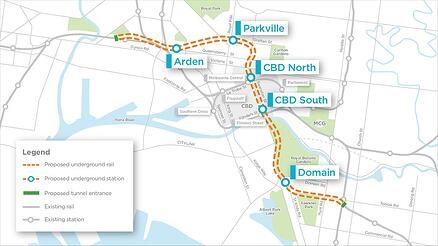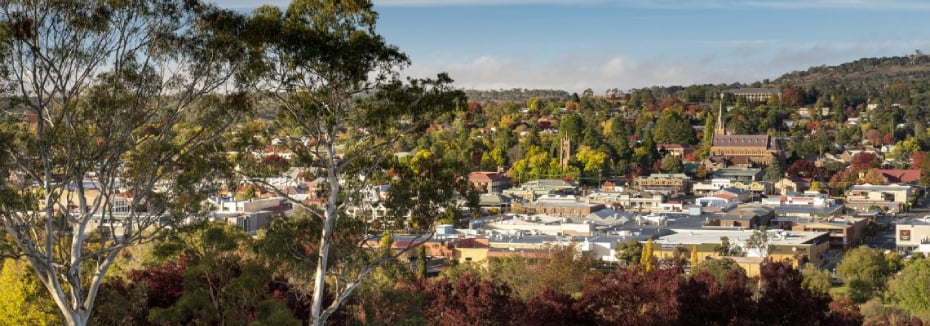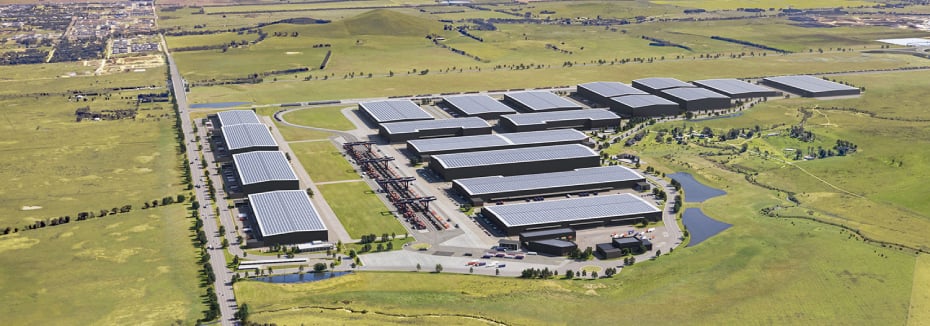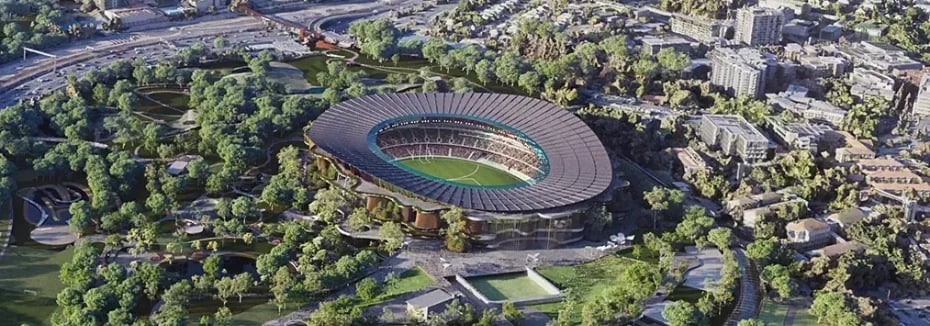The Victorian Government has called for expressions of interest to deliver works for Melbourne’s new Metro Tunnel, pledging to fund and deliver the multi-billion dollar project with or without assistance from the Federal Government.
The 9km twin tunnels will feature five new underground stations at Arden, Parkville and Domain, and two new city stations directly connected to Flinders Street and Melbourne Central. It will also give the Cranbourne, Pakenham and Sunbury lines their own tunnel through the CBD.

It is hoped that, coupled with 65 new high-capacity trains, these new lines will allow more trains to run in and out of the city more often and to more stations, thus reducing congestion in the suburbs and freeing up space on the already full City Loop.
Minister for Public Transport Jacinta Allan said that the tunnel will deliver the high-capacity, high-frequency metro system Melbourne needs and will cater to Melbourne’s growing population by laying the foundation for future growth of our train network. Removed quote lines
Early works are due to start in 2017, with major construction due for 2018. It’s estimated a mammoth 3,700 Victorian jobs will be created from the project.
Some of the biggest construction and engineering firms in the world are expected to tender for Australia’s largest public transport project.
Construction techniques that will be used to execute this project include tunneling and boring, mined cavern construction and cut and cover. PlantMiner has an endless list of plant and equipment hire suppliers, as well as subcontractors that can be engaged for tenders on this project:
- Tunnel Boring Machines
- Excavation equipment and subcontractors
- Crushing and screening equipment
- Trenching equipment
- Truck and dogs and Tipper Trucks to move more than 1.7mil cubic metres of excavated material (soil and rock)
- Concrete works contractors
- Noise reducing structures including noise walls and acoustic sheds will be used at sites and required to operate 24 hours a day
EOI's can be submitted here until 2pm on Thursday 9 June.
See below for a video of how the Metro Tunnel will free up space in the city loop.

Recent Articles
$209m Armidale Battery Energy Storage System approved for development
A new large-scale battery storage system near Armidale is a step closer to supplying clean energy to 60,000 homes after the New South Wales Government gives the green light to its development.
Construction begins on $1.62bn Beveridge Intermodal Precinct
The first sod has been turned to signal the beginning of construction of the $1.62 billion Beveridge Intermodal Precinct in Melbourne’s north.
Laing O'Rourke & AECOM JV named as Delivery Partner for 2032 Games venues
The Games Independent Infrastructure and Coordination Authority (GIICA) has appointed a Delivery Partner to deliver 17 new and upgraded 2032 Olympic and Paralympic Games venues across Queensland.
Get the latest project news
- updates on Australia's pipeline of state and federal projects
- fresh contract awards from major contractors and builders
If you're looking to contact us about other matters, please contact us.





